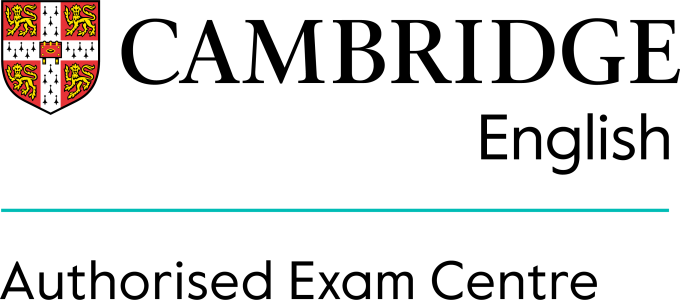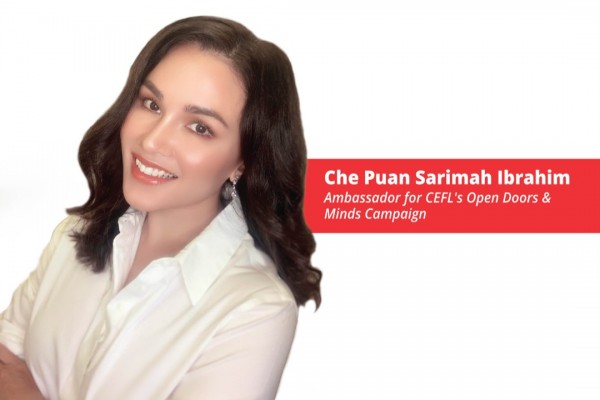Did you know that 1.5 billion people can speak English?
That’s 20% of people in the world and for most of them, it isn’t their first
language. Studying English can help increase
your chances of getting into a good university or landing a good job in local
or overseas multinational company.
We often hear that the earlier you start learning a language, the easier it is to master it. So when exactly is the best age for your child to start learning English?
According to a study by Dr Paul Thompson, a neurology professor at UCLA, the parts of the human brain that specialise in learning new languages grow rapidly from around six years old until early adolescence (11 to 15).
However, it is also shown that children who start learning a language before the age of five often achieve a much higher proficiency throughout their lives. They are also more likely to achieve the level of fluency that native speakers have if they learn the language before their teenage years.
Children have the unique advantage to learn a language at a much faster pace than teenagers or adults. This is why childhood is considered to be the golden age for children to learn a second language.
So what are you waiting for? Start your child’s English learning journey early and watch as they flourish when they grow up with huge potential for success in the future.
Learn how to read, write, listen and speak world-class English today. Sign up now for your Free Placement Test through the link below! Hurry, it’s available for a limited time only!
https://cambridgeforlife.org/landing/primary
By Michelle Yoon
References
Lang, S. S. (2009, May 12). Learning a second language is good childhood mind medicine, studies find. Cornell University. https://news.cornell.edu/stories/2009/05/learning-second-language-good-childhood-mind-medicine
Lyons, D. (2017, July 26). How Many People Speak English, And Where Is It Spoken? Babbel Magazine. https://www.babbel.com/en/magazine/how-many-people-speak-english-and-where-is-it-spoken
Thompson, P. M., Giedd, J. N., Woods, R. P., MacDonald, D., Evans, A. C., & Toga, A. W. (2000). Growth patterns in the developing brain detected by using continuum mechanical tensor maps. Nature, 404(6774). https://doi.org/10.1038/35004593


















